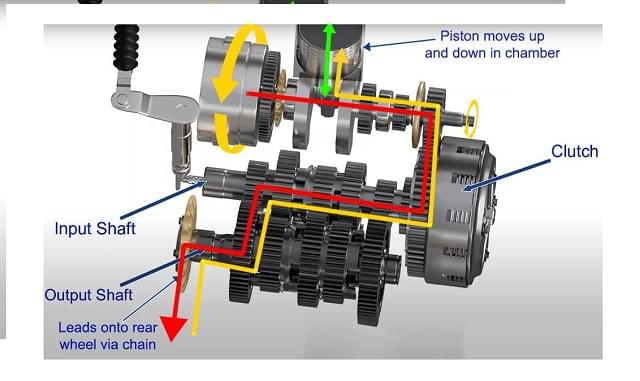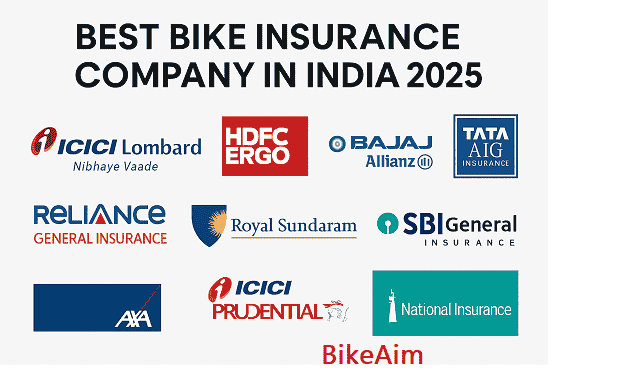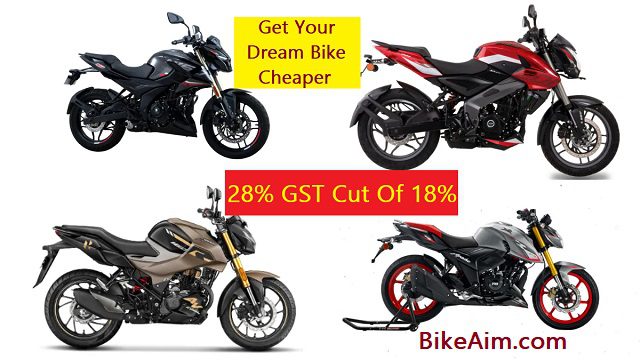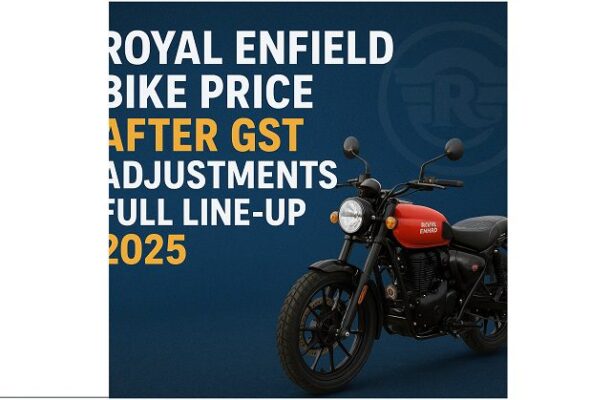How To Improve Bike Mileage
In 2025, with fuel prices soaring and environmental concerns at an all-time high, every biker is on the lookout for ways to maximize their bike’s mileage. Achieving 80 kmpl might seem like a lofty goal, but with the right knowledge and practices, it’s entirely within reach. In this comprehensive guide, we’ll explore proven strategies and tips on how to improve bike mileage, ensuring you get the most out of every liter of fuel. Whether you’re riding a commuter bike, a sports bike, or a touring motorcycle, these tips will help you how to increase bike average and enhance your overall riding experience.
Understanding Bike Mileage
Before diving into the tips, let’s clarify what bike mileage means and why it matters. Mileage, often measured in kilometers per liter (kmpl), is a key indicator of a bike’s fuel efficiency. For many riders, especially in countries like India, fuel efficiency is a top priority when choosing a two-wheeler. Improving mileage not only saves money but also reduces your carbon footprint, making it a win-win for your wallet and the planet.
Factors like riding style, maintenance, fuel quality, and even the type of accessories on your bike can significantly impact mileage. By addressing these areas, you can unlock your bike’s full potential and even aim for that impressive 80 kmpl mark, particularly with fuel-efficient commuter bikes like the Honda Shine 100 or Hero Splendor Plus.
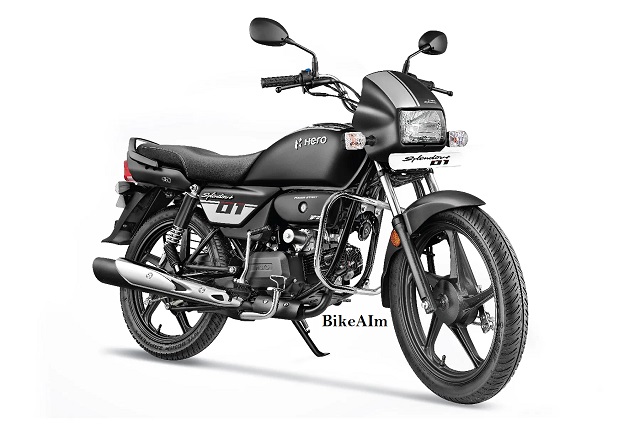
Riding Techniques for Better Mileage
Your riding style plays a crucial role in determining your bike’s fuel efficiency. Here are some techniques to help you ride smarter and increase motorcycle mileage:
- Maintain a Steady Speed: Frequent acceleration and braking consume more fuel. Try to keep a consistent speed, especially on highways, to reduce unnecessary fuel wastage. Aim for speeds between 40-50 km/h, which is often the sweet spot for fuel efficiency.
- Use the Right Gear: Riding in the correct gear for your speed can significantly improve mileage. Avoid using high gears at low speeds, as this strains the engine and increases fuel consumption. Similarly, don’t stay in low gears at high speeds.
- Smooth Acceleration: Aggressive throttling wastes fuel. Instead, accelerate gently and smoothly to maintain efficient engine operation.
- Utilize Engine Braking: Let your engine do the work when slowing down instead of relying heavily on the brakes. This not only saves fuel but also reduces wear on your braking system.
- Turn Off the Engine When Stationary: If you’re stopped for more than 40 seconds, like at a traffic light, turning off the engine can save fuel. Modern bikes make it easy to restart, so there’s no excuse to let the engine idle.
- Plan Your Routes: Choose routes with less traffic and fewer stops to maintain a steady speed. Navigation apps can help you find the most efficient paths, reducing idling time.
- Ride in the Sweet Spot RPM: Every bike has an efficient RPM range, often indicated on the tachometer. Riding within this range (typically 40-60 km/h for commuter bikes) optimizes fuel efficiency.
- Avoid Half-Clutch Riding: Keeping the clutch partially engaged stresses the clutch plates and wastes fuel. Always fully engage or disengage the clutch as needed.
Maintenance Tips for Optimal Mileage
Regular maintenance is the backbone of good mileage. A well-maintained bike runs more efficiently, translating to better fuel economy. Here are some key maintenance tasks to How improve Bike Mileage :
- Regular Servicing: Follow the manufacturer’s recommended service schedule, typically every 5,000 to 10,000 kilometers. This includes oil changes, filter replacements, and checking for wear and tear. Regular servicing ensures your bike runs smoothly and efficiently.
- Check Tyre Pressure: Under-inflated tires increase rolling resistance, leading to higher fuel consumption. Check your tyre pressure monthly and maintain it at the recommended level. For tubeless tires, consider using nitrogen, which maintains pressure better than air.
- Clean Air Filters: A clogged air filter restricts airflow to the engine, reducing efficiency. Clean or replace air filters as per the service manual to ensure proper combustion.
- Lubricate the Chain: A well-lubricated chain reduces friction and helps in smooth power transmission, contributing to better mileage. Check the chain tension regularly and adjust it as needed, especially in dusty environments.
- Inspect Spark Plugs: Worn-out spark plugs can lead to incomplete combustion, wasting fuel. Replace them as recommended by your bike’s manual.
- Keep the Engine Cool: Ensure proper airflow around the engine by not covering it with accessories. Overheating can increase fuel consumption as the engine works harder.
- Check Valve Clearances: Properly adjusted valve clearances improve engine performance and fuel efficiency. Check them during routine servicing.
- Clean Fuel System: A clean fuel system, including carburetors or fuel injectors, prevents fuel wastage. Use fuel additives if recommended by your manufacturer.
- Regular Emission Checks: Certify emissions every three months to ensure your bike runs efficiently and doesn’t consume excess fuel due to poor combustion.
| Maintenance Task | Frequency | Impact on Mileage |
|---|---|---|
| Regular Servicing | Every 5,000-10,000 km | Ensures optimal engine performance |
| Tyre Pressure Check | Monthly | Reduces rolling resistance |
| Air Filter Cleaning | As per manual | Improves combustion efficiency |
| Chain Lubrication | Every 500-1,000 km | Enhances power transmission |
| Spark Plug Inspection | As per manual | As per the manual |

Fuel and Oil Choices
The type of fuel and engine oil you use can also impact your bike’s mileage:
- Use Recommended Fuel: Always use the fuel type recommended by the manufacturer, such as regular or premium fuel. Avoid adulterated fuel, as it can damage your engine and reduce efficiency. Stick to reputable petrol stations for quality fuel.
- Choose the Right Engine Oil: Using low-viscosity engine oil can reduce friction and improve fuel efficiency. Consult your bike’s manual for the recommended oil grade. High-quality engine oil not only boosts mileage but also extends engine life.
- Avoid Overfilling Engine Oil: Excess oil increases friction, reducing efficiency. Follow the owner’s manual for the correct oil level.
Modifications and Accessories
While modifications can enhance your riding experience, some can negatively affect mileage. Here’s how to increase motorcycle mileage while keeping modifications in check:
- Avoid Aftermarket Exhausts: Unless specifically designed for efficiency, aftermarket exhausts can sometimes reduce mileage. Stick to manufacturer-approved parts.
- Lightweight Accessories: If you must add accessories, opt for lightweight ones like alloy wheels to minimize the load on your bike. Excess weight increases fuel consumption.
- Streamlined Riding Posture: Maintain a posture that reduces wind resistance, especially at higher speeds. This can help improve fuel efficiency
Additional Tips and Tricks
Here are some extra tips that can help you increase bike average and squeeze out those extra kilometers:
- Reduce Weight: Remove any unnecessary items from your bike, such as heavy saddlebags or chrome bars. Extra weight means more fuel consumption.
- Use LED Lights: LED lights consume less power than traditional halogen bulbs, saving a small but noticeable amount of fuel.
- Park in the Shade: Parking in the shade prevents fuel evaporation, especially in hot climates. Modern fuel tanks are designed to minimize this, but it’s still a good practice.
- Track Your Mileage: Use a bike computer or smartphone app to monitor your mileage regularly. This helps you identify improvements and spot any issues early on. For example, you can use the full-tank-to-full-tank method: fill the tank, reset the trip meter, ride, refill, and divide the distance by the fuel used.
- Avoid Frequent Short Trips: Cold starts consume more fuel. Combine errands to reduce the number of short trips.
- Don’t Ignore Warning Lights: Address any warning lights promptly, as they could indicate issues affecting fuel efficiency.

Common Mistakes That Reduce Mileage
Even with the best intentions, certain habits can unknowingly reduce your bike’s mileage. Here are some common pitfalls to avoid when trying to How improve Bike Mileage
- Low Tyre Pressure: Under-inflated tires increase fuel consumption due to higher rolling resistance.
- Incorrect Gear Usage: Using the wrong gear for your speed can make the engine work harder, burning more fuel.
- Neglecting Maintenance: Skipping regular servicing can lead to various issues that affect fuel efficiency.
- Excess Weight: Carrying unnecessary weight on your bike forces the engine to work harder, reducing mileage.
| Common Mistake | Impact on Mileage | Solution |
|---|---|---|
| Low Tyre Pressure | Increases fuel consumption | Check pressure monthly |
| Incorrect Gear Usage | Strains engine, burns more fuel | Strains the engine, burns more fuel |
| Neglecting Maintenance | Reduces efficiency | Use the correct gear for speed |
| Excess Weight | Increases fuel consumption | Remove unnecessary items |
By avoiding these mistakes, you can ensure your bike runs at its optimal efficiency, helping you maintain mileage in bike.
Special Considerations for Older Bikes
For those wondering how to increase mileage of old bike, the same principles apply, but extra care is needed. Older bikes may have worn components that reduce efficiency. Regular maintenance, such as replacing old spark plugs, cleaning carburetors, and checking for leaks, is even more critical. Additionally, consider upgrading to modern, low-viscosity oils to reduce friction in older engines.
Conclusion
Improving your bike’s mileage is a combination of smart riding, regular maintenance, and making informed choices about fuel and accessories. By implementing the tips outlined in this guide, you can not only save on fuel costs but also contribute to a cleaner environment. Whether you’re aiming to increase my bike mileage or simply want a more efficient ride, every small change counts, and together, they can help you achieve that elusive 80 kmpl.
Have you tried any of these tips? Share your experiences or ask questions in the comments below, and let’s ride smarter and greener in 2025!
Call‑to‑Action
Ready to rev up your mileage? Share your own how to increase bike mileage tips in the comments below, and don’t forget to subscribe for more expert riding advice.
- Subscribe to get more in-depth articles about motorcycle reviews, maintenance tips, and tour itineraries.
- Explore Related Content: Check out our detailed Top Mileage Bikes in India – 2025: Price, Range, Features post for performance-oriented options.
- Join Our Community: Follow us on Facebook, Telegram, Instagram, and Twitter for real-time updates and rider meetups.
What is the best mileage bike in 2025?
Some of the best mileage bikes in India for 2025 include models like the Honda Shine 100, Hero Splendor Plus, and TVS Radeon.
How often should I service my bike?
It’s recommended to service your bike every 5,000 to 10,000 kilometers or as per the manufacturer’s guidelines.
Does riding style really affect mileage?
Absolutely. Aggressive riding with rapid acceleration and braking can significantly reduce mileage.
Can tyre upgrades really impact mileage?
Yes, a switch to low‑rolling‑resistance tyres can improve fuel economy by 3–5%.
